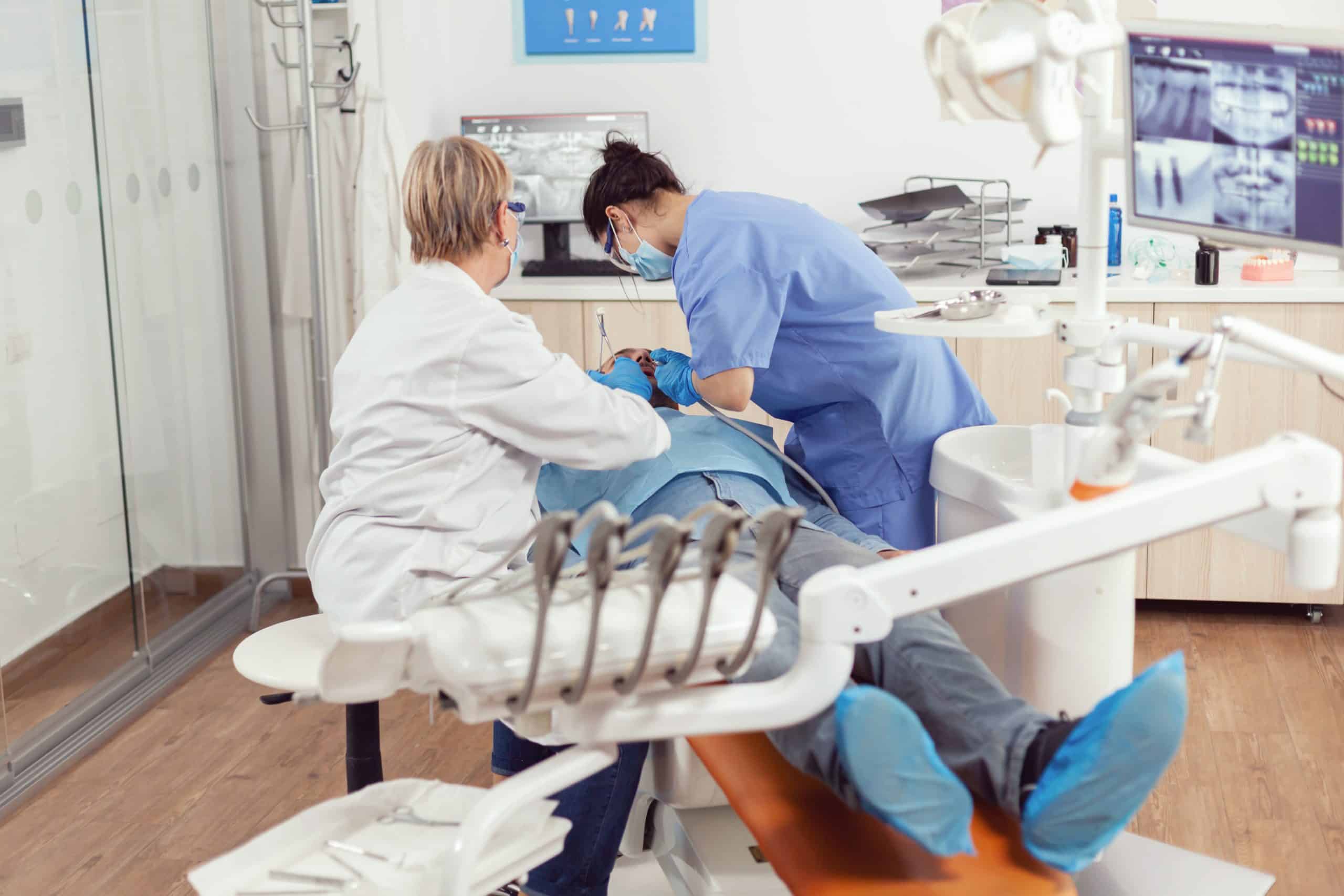Raw pet food has gained popularity in recent years for its perceived health benefits for pets. However, the risk of bacterial contamination makes proper storage and handling of these products essential. This comprehensive guide will explain how to safely store and handle raw pet food, ensuring that your furry friends enjoy their meals without any harm.
Understanding the Risks of Raw Pet Food
The first step in safe handling of raw pet food is understanding the inherent risks associated with this type of diet. Raw food, like any other perishable product, can harbor harmful bacteria such as Salmonella and E. Coli. These bacteria pose a risk not only to your pets but also to the human members of your household. Even healthy pets can become carriers of these bacteria and transmit them to humans, especially those with weakened immune systems.
Cela peut vous intéresser : What Are the Specific Care Requirements for a Blue Tongue Skink?
That said, with the right storage and handling techniques, you can significantly reduce these risks and provide your pets with a diet that caters to their instinctual eating habits.
Proper Storage of Raw Pet Food
Storing raw pet food correctly is a crucial step in preventing contamination. When you bring home raw pet food, it’s vital to refrigerate or freeze it immediately. Below are some guidelines to help you appropriately store the food.
Sujet a lire : How Can You Manage Excessive Shedding in Long-Haired Cat Breeds?
-
Use a Dedicated Storage Area: It’s recommended to allocate a specific area in your fridge or freezer for raw pet food storage. This not only helps in preventing cross-contamination but also makes it easier to monitor the food’s condition and rotation.
-
Keep it Sealed: Always store raw pet food in airtight containers to avoid any contamination from other items in your refrigerator or freezer. This also helps prevent the spread of any odors.
-
Monitor the Temperature: Maintain your fridge at a temperature below 40°F (4°C), and your freezer below 0°F (-18°C). These temperatures inhibit bacterial growth.
-
Follow the ‘First In, First Out’ Rule: Always use the oldest packets of raw pet food first. This ensures that no food goes bad from being stored for too long.
Safe Handling of Raw Pet Food
Handling raw pet food safely is equally essential in preventing contamination. Follow these steps to ensure safety:
-
Wear Gloves: When handling raw pet food, always wear disposable gloves to prevent direct contact with the food. This not only protects you but also helps prevent any bacteria on your hands from contaminating the food.
-
Avoid Cross-Contamination: Use separate utensils for preparing and serving raw pet food. After use, wash them thoroughly with hot, soapy water.
-
Clean Surfaces Regularly: Clean any surfaces that come into contact with raw pet food immediately after use. Use a disinfectant or a bleach solution to kill any lingering bacteria.
Feeding Raw Pet Food Safely
Feeding raw pet food to your pet involves certain precautions to prevent contamination and ensure your pet’s health.
-
Thaw Properly: Thaw frozen raw pet food in the refrigerator, not at room temperature. Thawing at room temperature can lead to bacterial growth.
-
Don’t Leave Food Out: Don’t allow raw pet food to sit out for more than 15 minutes. If your pet doesn’t finish their food within this time, discard the leftovers.
-
Wash Bowls After Every Meal: Wash your pet’s food and water bowls thoroughly after each meal. This will help prevent bacterial growth and cross-contamination.
Educating Your Household
If you have others in your household, it’s crucial to educate them about the correct handling of raw pet food. Young children, in particular, should understand the importance of not touching the pet’s food and washing hands thoroughly if they do.
In essence, handling and storing raw pet food requires some caution and diligence, but it’s absolutely achievable. By following these guidelines, you can provide your pet with a raw food diet while minimizing the risks associated with bacterial contamination.
So, start implementing these practices today for a safer, healthier environment for both you and your pets.
Tips for Cleaning and Sanitizing After Feeding
To further minimize the risk of contamination, it’s crucial to clean and sanitize your surroundings and utensils after feeding your pet. This includes surfaces, utensils, and your hands.
-
Clean Surfaces Immediately: Any surfaces that raw pet food has come into contact with should be cleaned promptly. You can use hot, soapy water for initial cleaning, followed by a disinfectant to ensure all bacteria are eliminated. Consider using a bleach solution, as it has a high potency against bacteria.
-
Sanitize Utensils Properly: Similar to the surfaces, all utensils used in handling or serving pet food should be thoroughly cleaned and sanitized. Make sure to wash them separately from your household utensils to avoid cross-contamination.
-
Wash Your Hands Thoroughly: Even if you’ve used gloves, it’s crucial to wash your hands properly after handling raw pet food. Use warm water and soap, and scrub your hands for at least 20 seconds. It’s especially important to clean under your nails where bacteria can easily hide.
-
Dispose of Leftovers Safely: If your pet doesn’t finish their meal within 15 minutes, the leftover food should be discarded. To prevent attracting pests, seal it in a bag before throwing it into the garbage.
Conclusion: A Safe Practice for a Healthy Pet
Adopting a raw food diet for your pet can seem daunting, especially with the risks of bacterial contamination. However, with the correct storage and handling practices, you can provide a nutritious and instinctual diet for your pet while minimizing these risks.
The safety of your pet and your household doesn’t stop with the proper storage and handling of raw pet food; it extends to thorough cleaning and sanitizing of any areas and items that come into contact with the food. Taking the time to educate everyone in your house about these practices is critical to ensure consistent application.
The task might seem overwhelming initially, but with time, it becomes a routine. Remember, the goal is not only to feed your pet but to do so in a way that promotes their health and the overall well-being of your household. So, incorporate these practices today and give your pet the raw food diet they crave, safely and responsibly.






